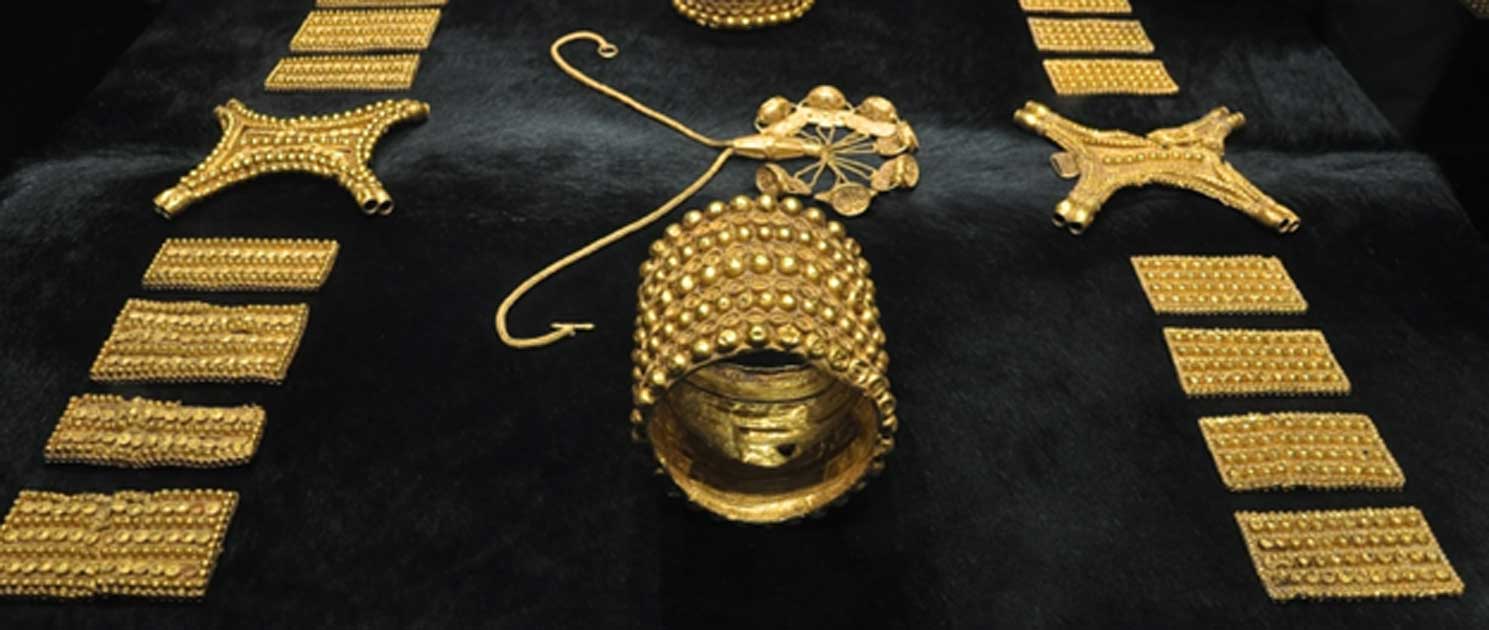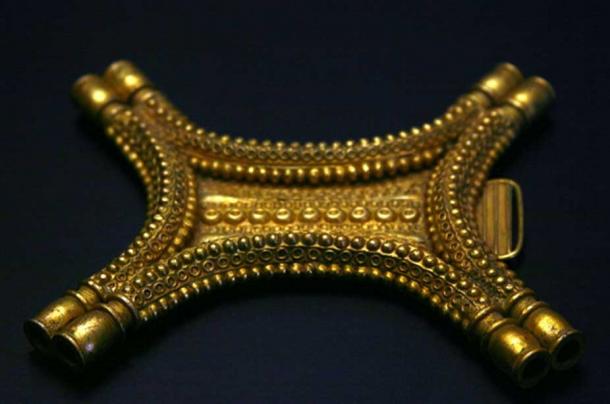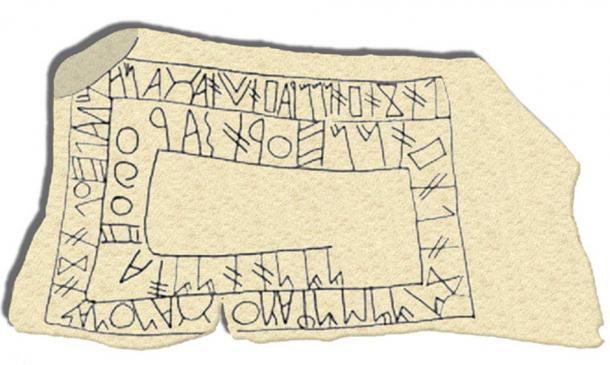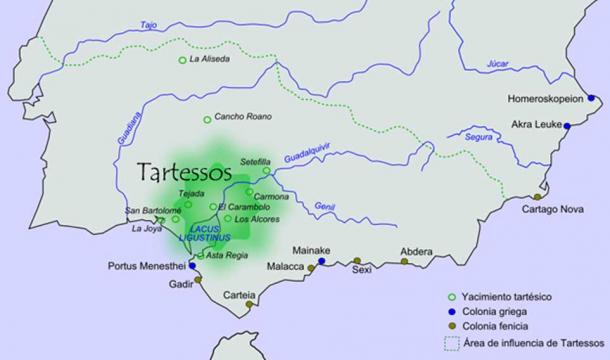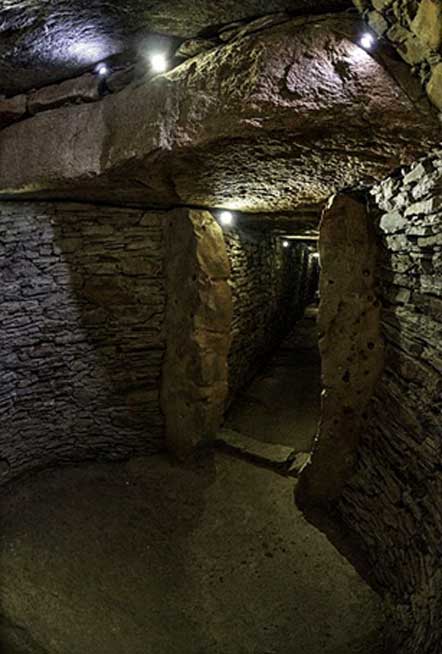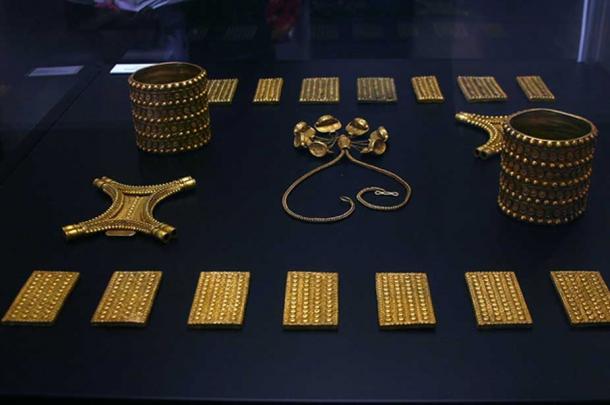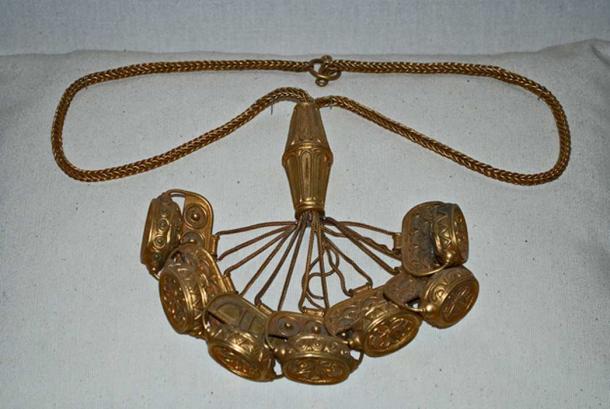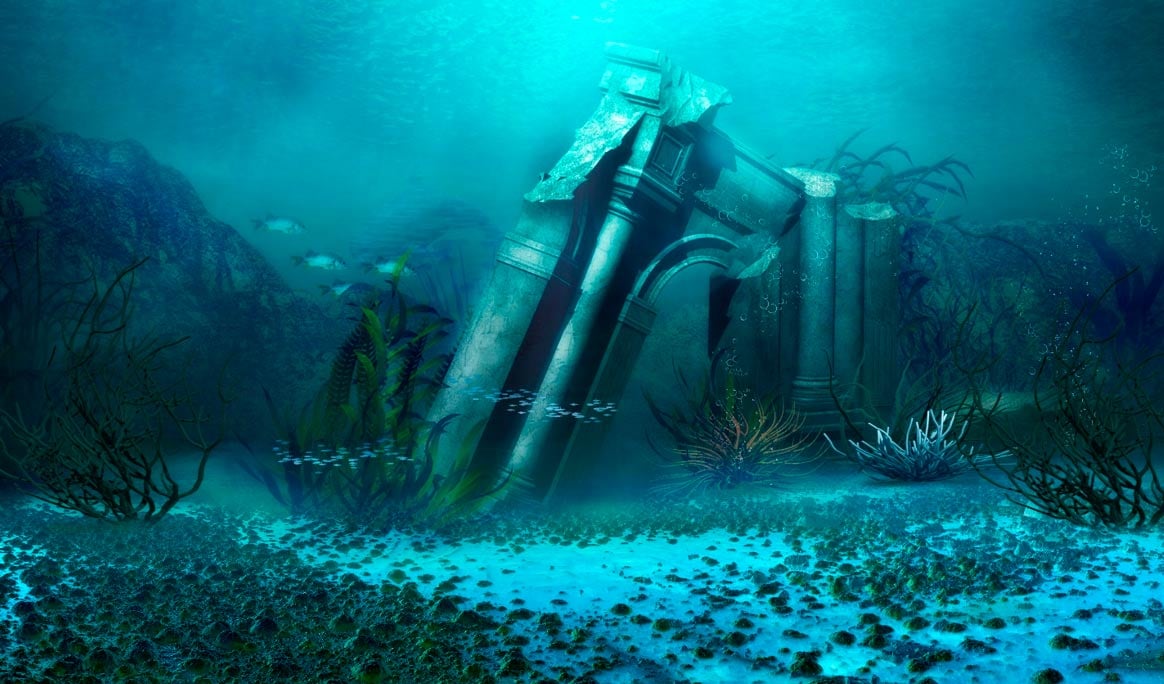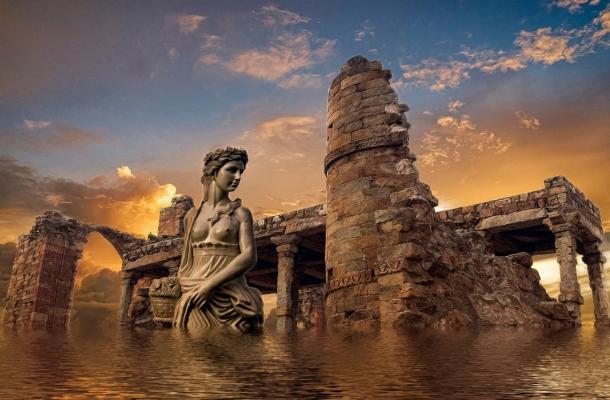Geologists Helped Solve The Mystery Of This Golden Treasure
This article is more than 4 years old.
Since ancient times, https://www.forbes.com/sites/davidbressan/2016/08/16/the-origin-of-geological-terms-gold/#6c23727c642 9" aria-label="gold">gold has been seen as a mysterious element. Apart from copper, it's the only metal with a distinct color that also doesn't corrode over time. So it's no wonder that the unexpected discovery of a golden treasure is often surrounded by mystery and legends.
The Treasure of El Carambolo is a collection of 21 gold items discovered in the Spanish province of Seville in the year 1958. The origin of the artifacts was a mystery for over 60 years.
J.A.M. FERNÁNDEZ
Apparently, the jewelry was manufactured using Phoenician techniques. The Phoenicians, a civilization with its roots in present-day Syria, colonized the Mediterranean area in the 8th century BC. It is possible that the artifacts were traded by Phoenician merchants and later buried in present-day Spain.
Another explanation attributed the artifacts to the local Tartessos culture. Tartessos or Tartessus was a semi-mythical harbor city, described by Greek historian Herodotus (484–425 BC) to be located beyond the Pillars of Heracles (the present-day Strait of Gibraltar), in the first millennium BC. Another Greek historian, Ephorus of Cyme (400–330 BC), describes the city as "a very prosperous market...[], with much tin carried by river, as well as gold and copper from Celtic lands."
The described river could also help to solve an archaeological mystery. The exact location of Tartessos is lost today. Some authors, based on the sudden disappearance of the city from the archaeological record, suggested that this city was somehow connected to another mysteriously vanished city. According to legends, the city of Atlantis disappeared from the surface of the earth“in a single day and night of misfortune” https://www.forbes.com/sites/davidbressan/2016/11/11/the-bronze-age-eruption-that-ended-the-first-great-seagoing-civilization/#639e79456bc e" aria-label="during a volcanic eruption">during a volcanic eruption. However, a more simple explanation involves the present-day river of https://en.wikipedia.org/wiki/Guadalquivi r" aria-label="Guadalquivir">Guadalquivir. The ancient Tartessos may have been located somewhere along this river. So over time, as the river changed course, it may have simply destroyed or buried the former harbor.
By analyzing the chemical composition of the golden artifacts, a team from the Archaeological Museum of Seville and the Department of Earth Sciences of the University of Huelva found further evidence to support the explanation of the Carambolo treasure as a local product. Gold often contains traces of other metals, like lead. Such impurities, especially the concentration and chemical signature, are unique to certain ore deposits. By comparing the chemical fingerprint of the gold items to samples of gold ore of various Spanish mines, the researchers were able to show that the gold used for the jewelry was mined near the modern city of Seville.
Additionally, the chemical composition of the Carambolo treasure shows similarities to gold items found in the 4,000 years old tombs of Valencina de la Concepción, a present-day town located west of Seville. This suggests that gold mining in the region had a long tradition and the items of Carambolo, dated around 700 BC, were the products of an already established civilization at the time. The observation that the items were made using Phoenician techniques can be explained by cultural exchange. At the time, the Phoenicians had established colonies around the Mediterranean Sea and it's likely that Phoenician craftsmen also traveled to foreign countries to exchange skills and artwork. So maybe an unknown Phoenician artist, using the locally mined gold, crafted the Treasure of El Carambolo. Just 100 years later the city of Tartessos disappeared and only chemical traces remain to tell the story of this lost civilization.
Interested in reading more? Try:
NOCETE et al. (2018):https://www.sciencedirect.com/science/article/pii/S030544031830047 5" aria-label="The gold of the Carambolo Treasure: New data on its origin by elemental (LA-ICP-MS) and lead isotope (MC-ICP-MS) analysis">The gold of the Carambolo Treasure: New data on its origin by elemental (LA-ICP-MS) and lead isotope (MC-ICP-MS) analysis. Journal of Archaeological Science, Vol. 92: 87-102
Article
![The Treasure of El Carambolo, exhibited in the Archaeological Museum of Seville. Source and Credit:... [+] Wikipedia-user J.A.M. Fernández, CC BY-SA 4.0.](https://imageio.forbes.com/blogs-images/davidbressan/files/2018/05/FERNANDES_2014_Treasure_of_El_Carambolo.jpg?format=jpg&width=960)
